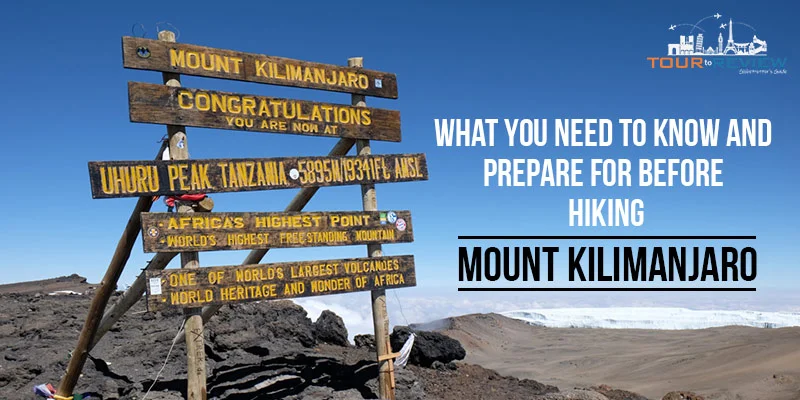Mount Kilimanjaro sits in position one on many people’s bucket lists. And it’s no surprise that so many travellers want to reach its summit. Located in Tanzania, just before the Kenyan border, this imposing volcano is one of the world’s most impressive natural wonders.
However, it’s no mean feat. It’s a steep and tough climb, composed of three challenging cones and made up of seven trekking routes, all of which require different equipment and varying levels of fitness. Before climbing Kilimanjaro, there are plenty of important things to consider.
Decide which time of the year to go
Kilimanjaro does not have major summer and winter seasons, but it does have rainy periods which are best to avoid. The dry seasons stretch between December and the beginning of March and then again between late June to the end of October.
No matter what time of year you go, always be prepared for sudden downpours; without proper equipment or clothing, your hike will be compromised. And don’t forget to pack enough warm clothes for the higher altitudes.
If you don’t feel safe attempting the big climb alone, book a trekking tour with a reliable tour operator. Such hikes can post unexpected risks and complicated routes which can be handled by professionals.
Get all your equipment together
It’s crucial to have all the equipment you need before attempting this hike. Make sure you have some very warm sleeping bags as it gets very cold on the mountain at night, as well as plenty of warm clothes, hats and gloves for the extreme temperatures.
Sturdy walking shoes are also a must. They protect your feet, prevent you from slipping and can navigate tricky terrain easily.
Save a decent budget for the trip
It’s not cheap to climb Kilimanjaro. Check with your operator about how much money you need to bring and sort out your fees in advance. This includes the fees towards the maintenance of the National Park which can be over £100 per day and, considering the hike lasts on average 5-10 days, you must consider this in advance.
Most hikers are forced to take up to 8 days for the climb due to having to acclimatize along the way.
Respect the mountain crew and bring money for tips
The mountain crew and the porters are central to your hiking experience. They carry your bags all the way up the mountain so you don’t have to and make sure you have everything you need. When choosing an operator, prioritize ones that offer fair payment to its porters. Bring some money too so you can also tip them at the end.


